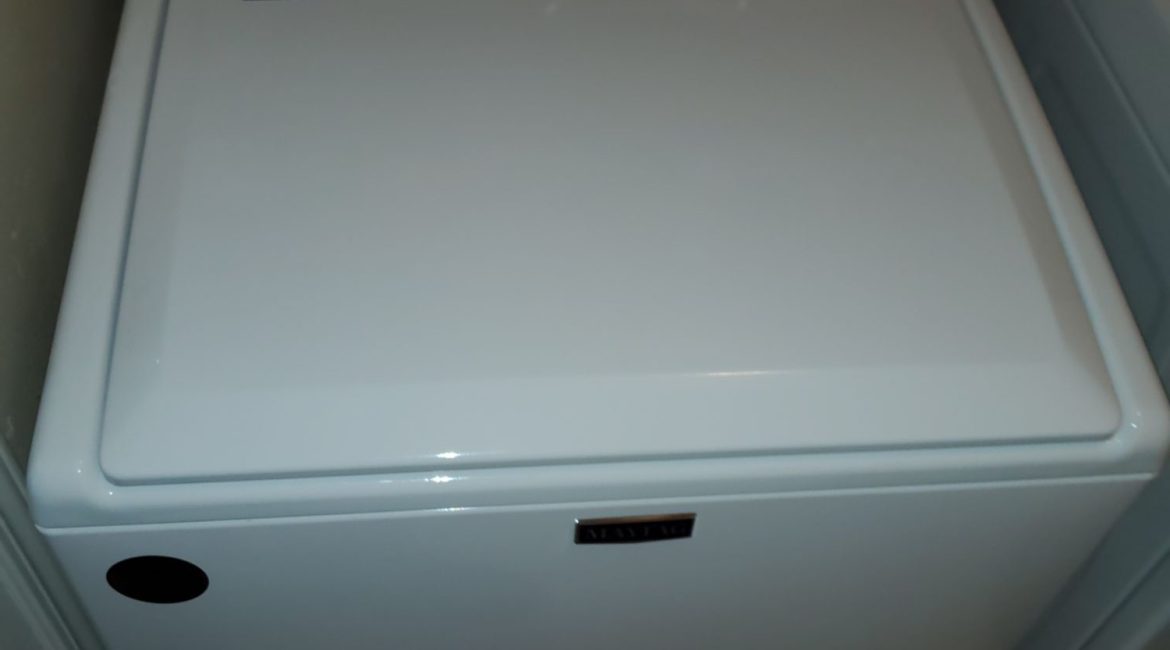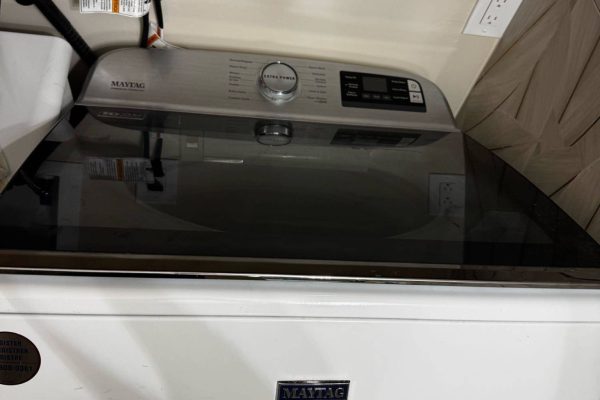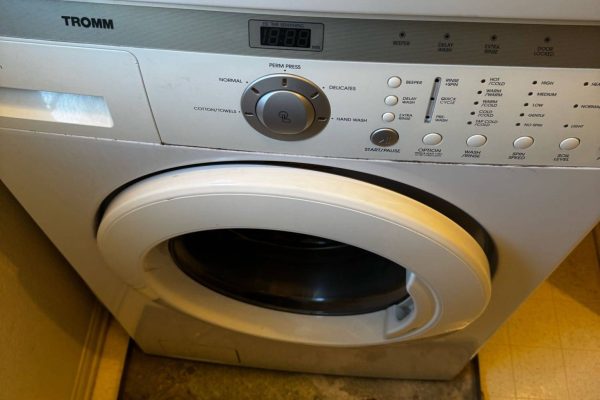The washing machine filter might be one of the most overlooked parts of laundry maintenance, but it plays a critical role in keeping your appliance running smoothly. Whether you’re using a top-load or front-load machine, your filter collects lint, hair, coins, and other debris that can interfere with water drainage and cause malfunctions. So how often should you clean it—and why does it matter?
What Is a Washing Machine Filter?
Most modern washing machines are equipped with a small filter, usually located at the bottom front or behind a panel, which is designed to catch foreign objects and prevent them from damaging the drain pump. Some top-load machines also have lint filters inside the drum.
Over time, this filter can become clogged with residue, causing issues such as poor drainage, musty odors, long wash cycles, and even complete failure of the drainage system.
How Often Should You Clean the Filter?
As a rule of thumb, you should clean your washing machine filter every one to three months, depending on how frequently you use your washer and the type of loads you run.
Here are a few general guidelines:
- Light Use (1–2 loads per week): Clean every 3 months.
- Moderate Use (3–5 loads per week): Clean every 2 months.
- Heavy Use (daily loads or large households): Clean monthly.
Homes with pets, children, or people who work in dirty environments should also clean the filter more frequently, as more lint, hair, and dirt accumulate in each cycle.
Signs Your Filter Needs Cleaning
Sometimes your washing machine will tell you it’s time to clean the filter—though not with an alert, but with symptoms:
- Water stays in the drum after the cycle ends
- Strange noises during the spin or drain cycle
- Clothes come out wetter than usual
- Unpleasant, musty smells inside the drum
- Error codes on the display (like “OE” or “F21”)
If you notice any of these issues, check your machine’s manual to locate the filter and inspect it.
How to Clean the Filter Safely
- Unplug the machine to avoid electrical shock.
- Locate the filter—usually behind a small panel at the front base of the washer.
- Place a towel or tray underneath the filter to catch any water.
- Unscrew or pull out the filter and remove any visible debris.
- Rinse it under warm water and scrub gently with a soft brush.
- Wipe the filter housing with a cloth to remove any buildup.
- Reinsert the filter and ensure it’s securely locked in place.
Always refer to the user manual for instructions tailored to your model.
Why It Matters
Neglecting the filter might seem minor, but it can lead to serious and costly problems:
- Drainage Problems: A clogged filter can prevent your machine from draining properly, leaving water in the drum.
- Motor and Pump Strain: The drain pump must work harder when the filter is dirty, leading to faster wear and eventual failure.
- Mold and Odors: Residue build-up contributes to unpleasant smells and even mold growth.
- Shortened Appliance Life: A well-maintained washer can last over a decade—ignoring the filter can shave years off its life.
Keeping the filter clean ensures that your machine functions efficiently, uses less energy, and provides cleaner laundry with every cycle.
What If the Filter Can’t Be Removed or Is Damaged?
Some models have self-cleaning filters, while others may require a technician to access and clean the internal components. If the filter is stuck, cracked, or you see signs of leakage, professional service is essential.
Professional Maintenance Makes a Difference
If you’ve cleaned the filter and still experience issues—or if you’re unsure how to clean it properly—reaching out to professionals can save you time and prevent damage. A technician can perform a full inspection, identify hidden clogs, and keep your machine in peak condition.
Need help with your washing machine?
Contact Poway Appliance Repair Service Center. Our team specializes in fast, reliable washing machine repairs and routine maintenance, including filter cleaning, drainage inspection, and more. Schedule your service today and keep your laundry routine running without a hitch!
Contact us


